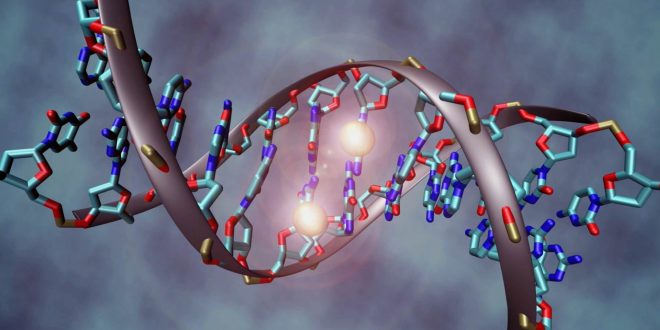Researchers and their colleagues from across the globe have made a major leap forward in understanding how the human body’s trillions of cells develop from a single genetic template, and how those genes interact with the environment.
By mapping the epigenome (a series of unique chemical compounds inside each cell type that tell the genome what to do) researchers hope to understand how genes are switched on and off in different cell types in response to different environmental and chemical signals, with important implications for understanding normal human development and diseases such as cancer. This effort is as big if not bigger than the Human Genome Project.
Today, a collection of 41 coordinated papers have now been published by scientists from around the world, moving global research in the field of epigenomics a major step forward. Scientists from the BC Cancer Agency, UBC and SFU published three of the papers.
One of the great mysteries in biology is how the many different cell types that make up our bodies are derived from a single cell and from one DNA sequence, or genome. We have learned a lot from studying the human genome, but have only partially unveiled the processes underlying cell determination. The identity of each cell type is largely defined by an instructive layer of molecular annotations on top of the genome – the epigenome – which acts as a blueprint unique to each cell type and developmental stage.
Unlike the genome the epigenome changes as cells develop and in response to changes in the environment. Defects in the factors that read, write and erase the epigenetic blueprint are involved in many diseases. The comprehensive analysis of the epigenomes of healthy and abnormal cells will facilitate new ways to diagnose and treat various diseases, and ultimately lead to improved health outcomes.
The collection of 41 coordinated papers published by scientists involved in the International Human Epigenome Research Consortium (IHEC) sheds light on these processes. A set of 24 manuscripts has been released as a package in Cell and Cell Press-associated journals, and an additional 17 papers have been published in other high-impact journals.
These papers represent the most recent work of IHEC member projects from Canada, the European Union, Germany, Japan, Singapore and the United States. The collection of publications showcases the achievements and scientific progress made by IHEC in core areas of current epigenetic investigations.
The Canadian contribution to the project is coordinated through the Canadian Epigenetics, Environment and Health Research Consortium Network (CEEHRC).
“We are well on our way towards accomplishing our primary goal to create high quality reference maps of the epigenome for the scientific community,” said Martin Hirst, chair of the IHEC international scientific steering committee and the CEEHRC network lead. Hirst is also a Scientist with the BC Cancer Agency and associate professor in the Department of Microbiology and Immunology at UBC. “Now that a baseline picture of the epigenome is taking shape, we can start to integrate information about the effects of the environment, aging and disease on the epigenome.”
Hirst and colleague Connie Eaves, distinguished scientist at the BC Cancer Agency and a professor in UBC’s Department of Medical Genetics, published today in Cell Reports the first epigenetic profiles of normal cell types in human breast tissue. This information will help scientists understand how normal mammary glands develop and serve as a comparator for diseased tissues. Hirst’s group also published another study in Cell Reports today that reveals novel methodology for analyzing the epigenomes of stem cells.
A team led by Marco Marra, distinguished scientist at the BC Cancer Agency and director of Canada’s Michael Smith Genome Sciences Centre, used similar methods to identify epigenetic changes that are thought to contribute to the development of a rare childhood cancer called malignant rhabdoid tumour. This study was published in Cancer Cell earlier this year and is highlighted in the IHEC release as one of the 41 ground-breaking epigenomics papers.
“This trio of manuscripts provides important insights into how epigenetic information is encoded during normal human development and how it becomes deregulated in disease,” said Hirst. “While the data and analysis represent significant advancements in their own right, the findings are much more significant when integrated within a global effort to understand the role of epigenetics in complex human disease.”
Agencies/Canadajournal

 Canada Journal – News of the World Articles and videos to bring you the biggest Canadian news stories from across the country every day
Canada Journal – News of the World Articles and videos to bring you the biggest Canadian news stories from across the country every day

